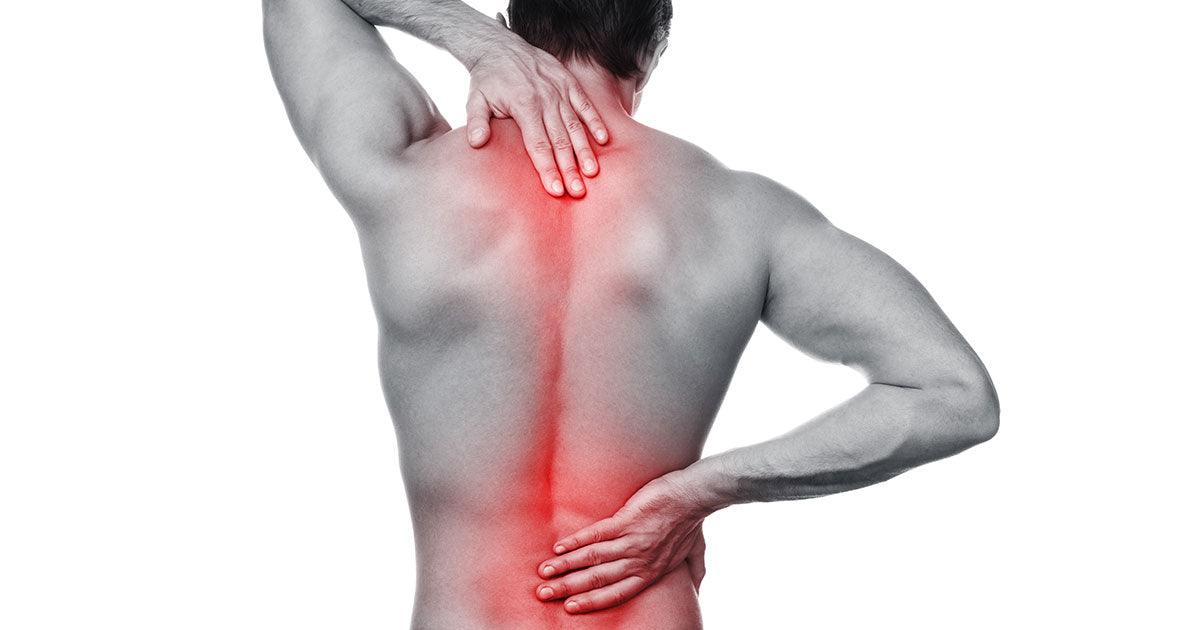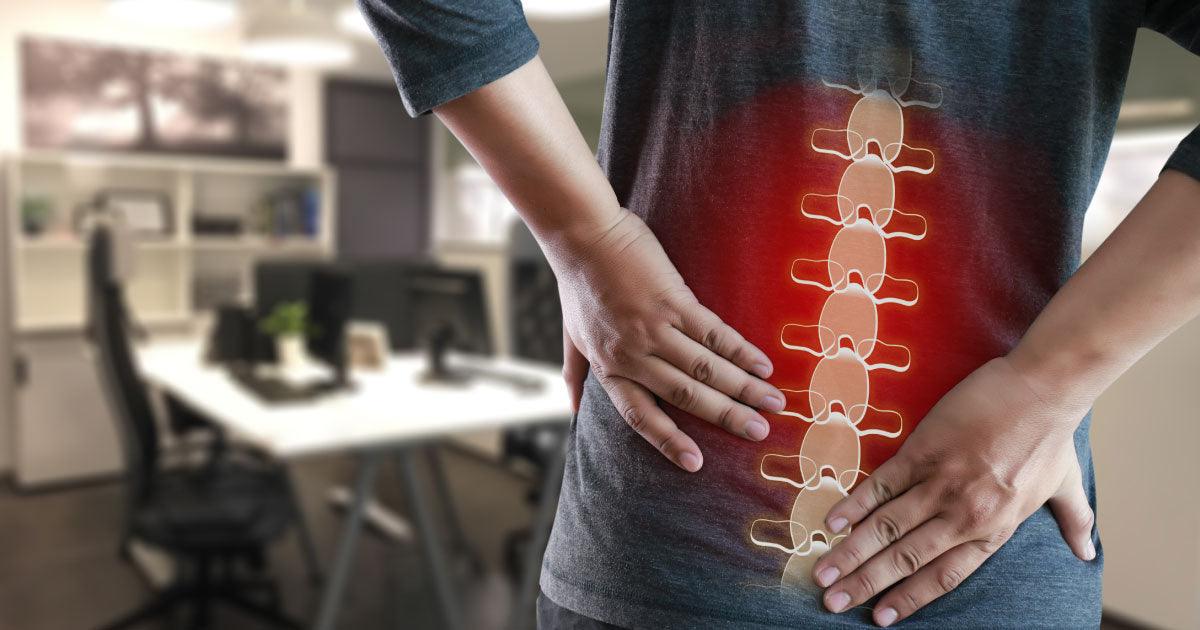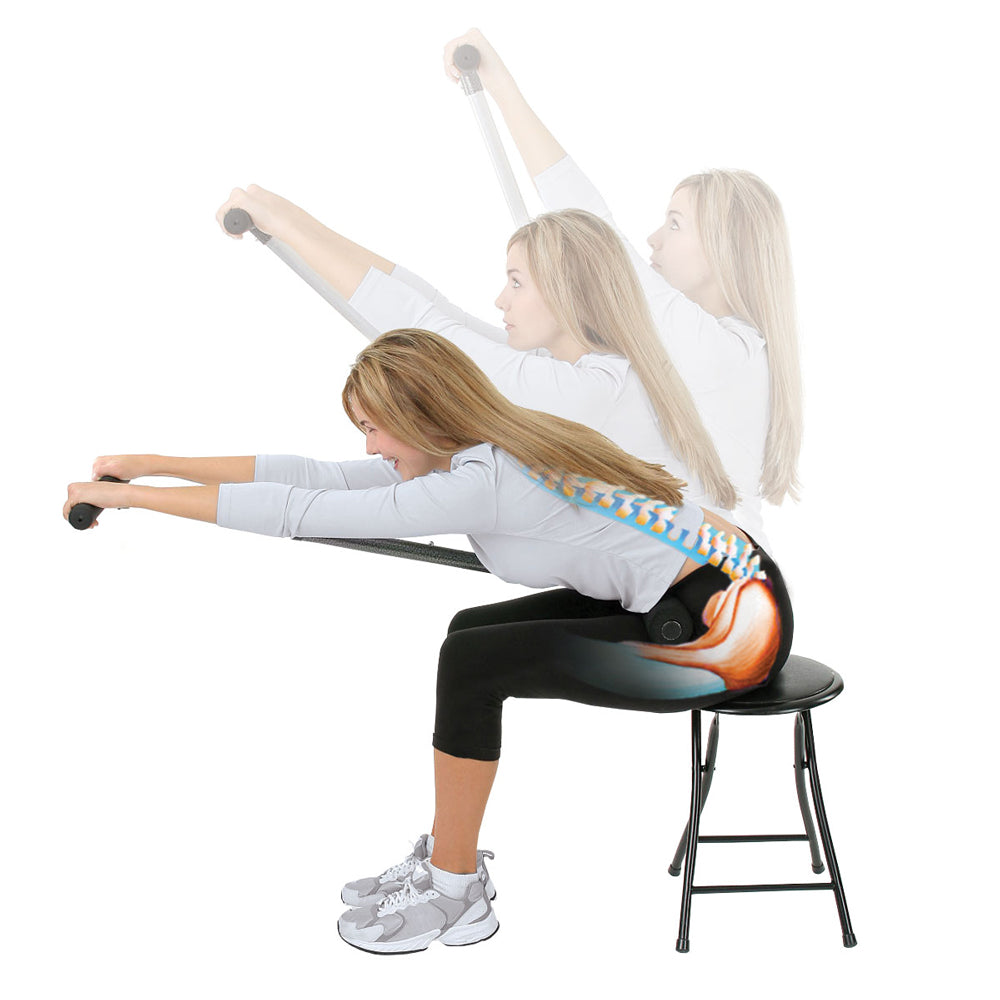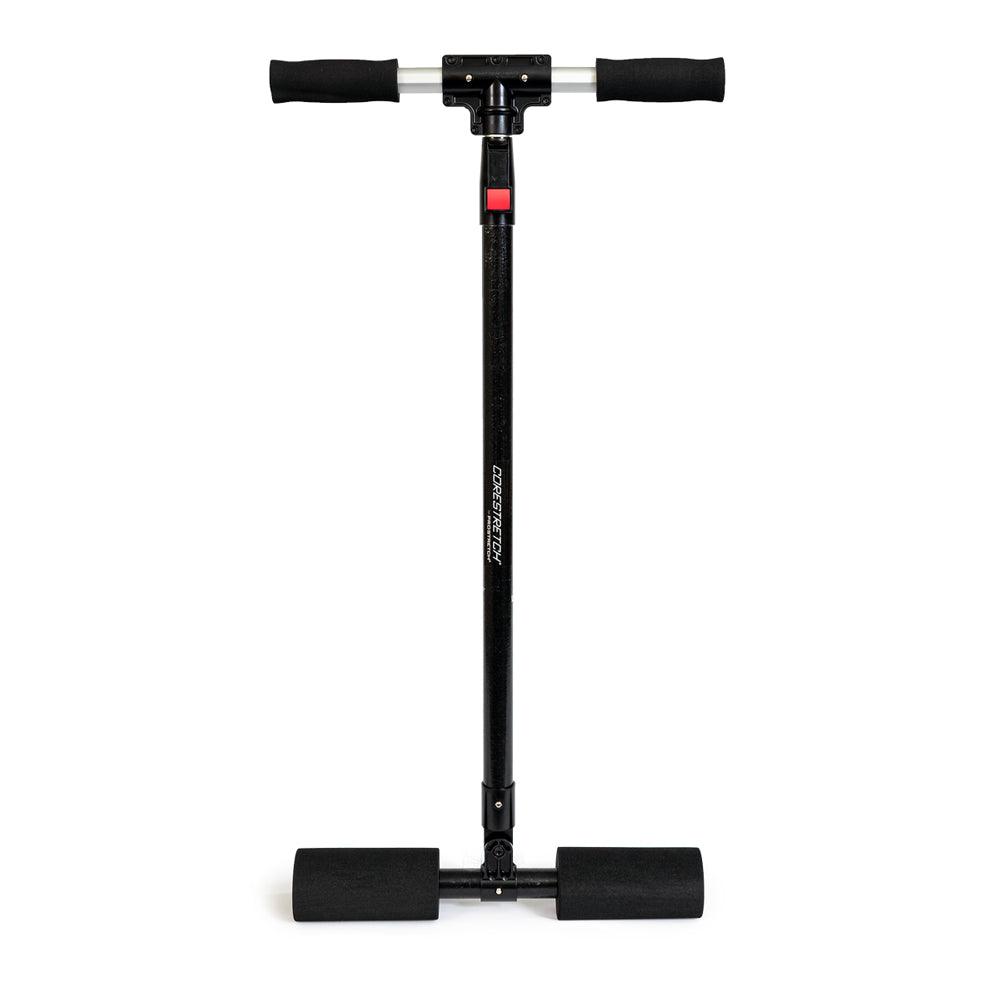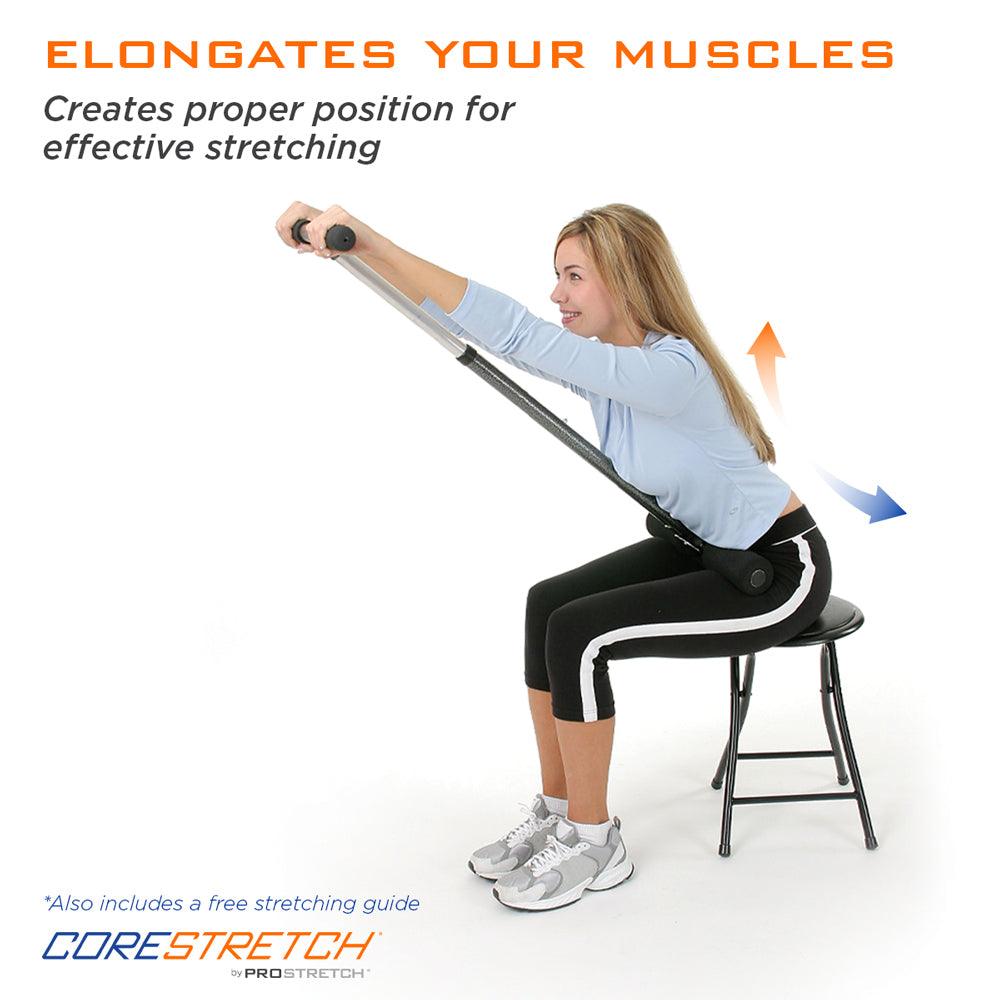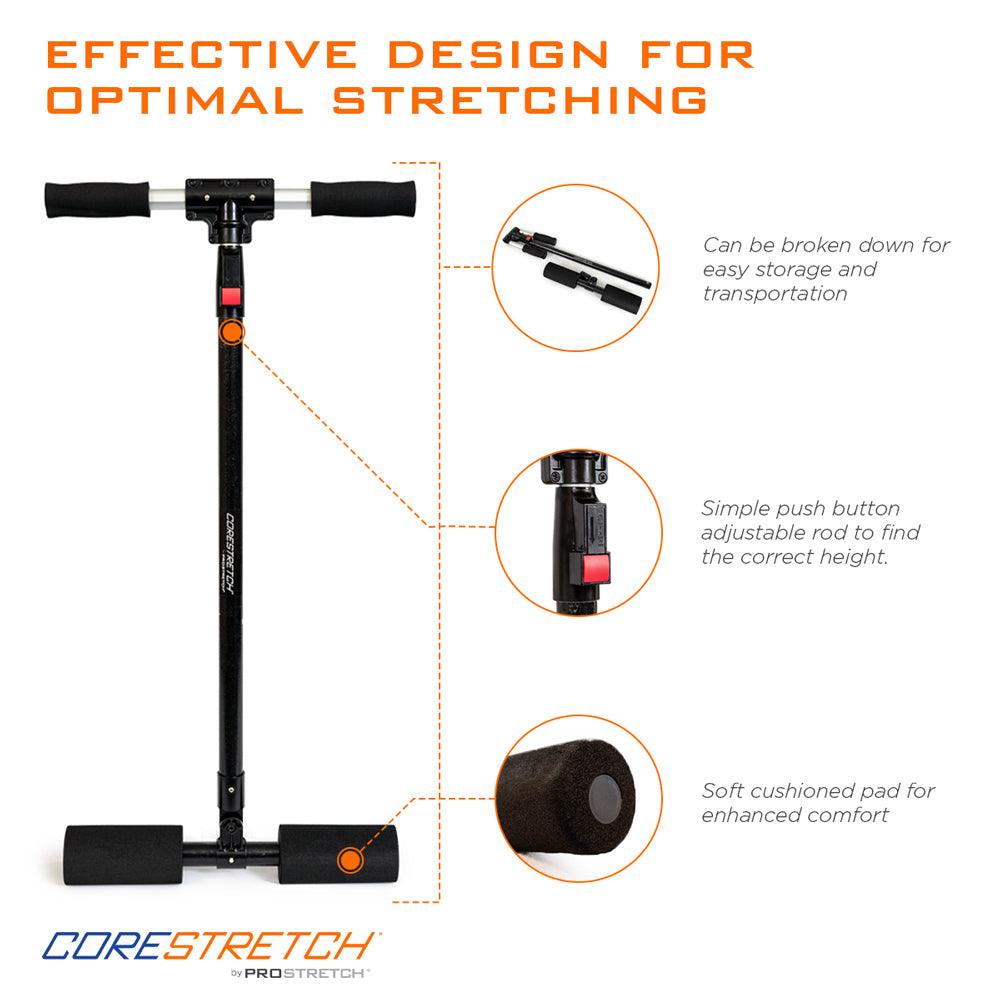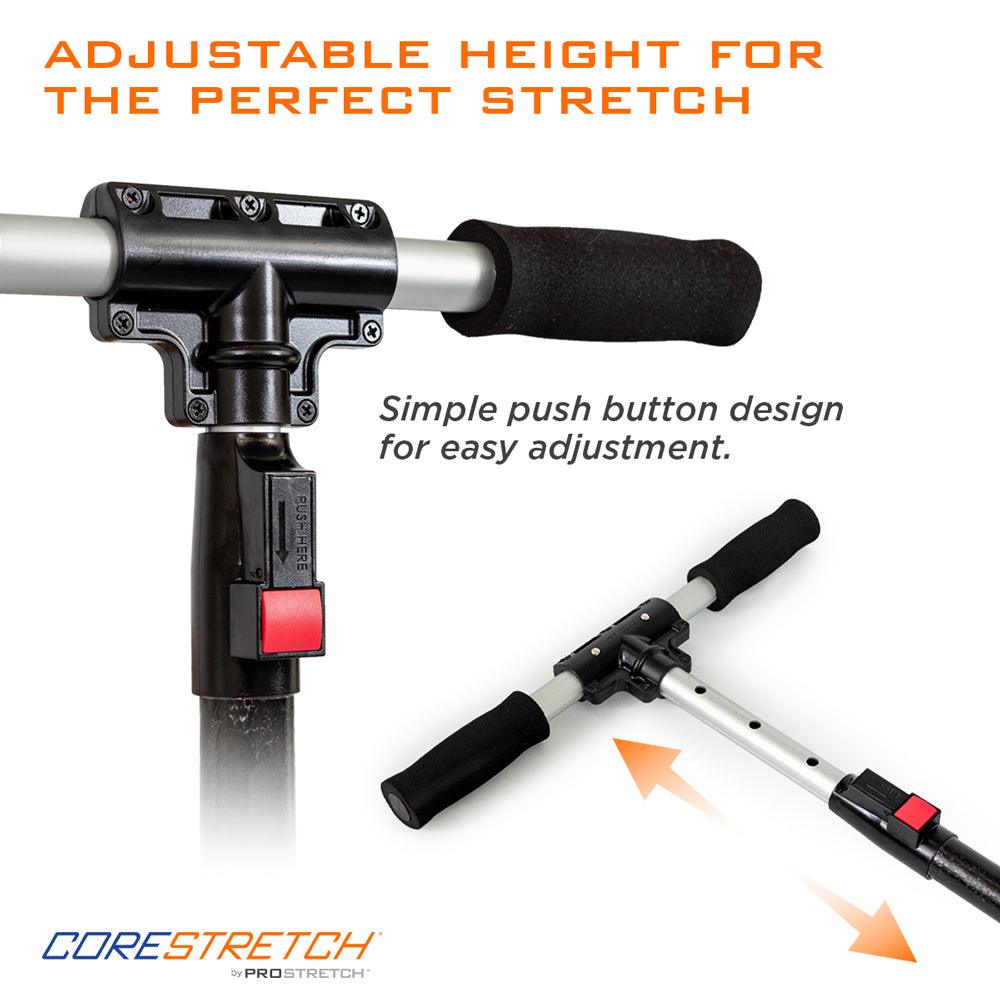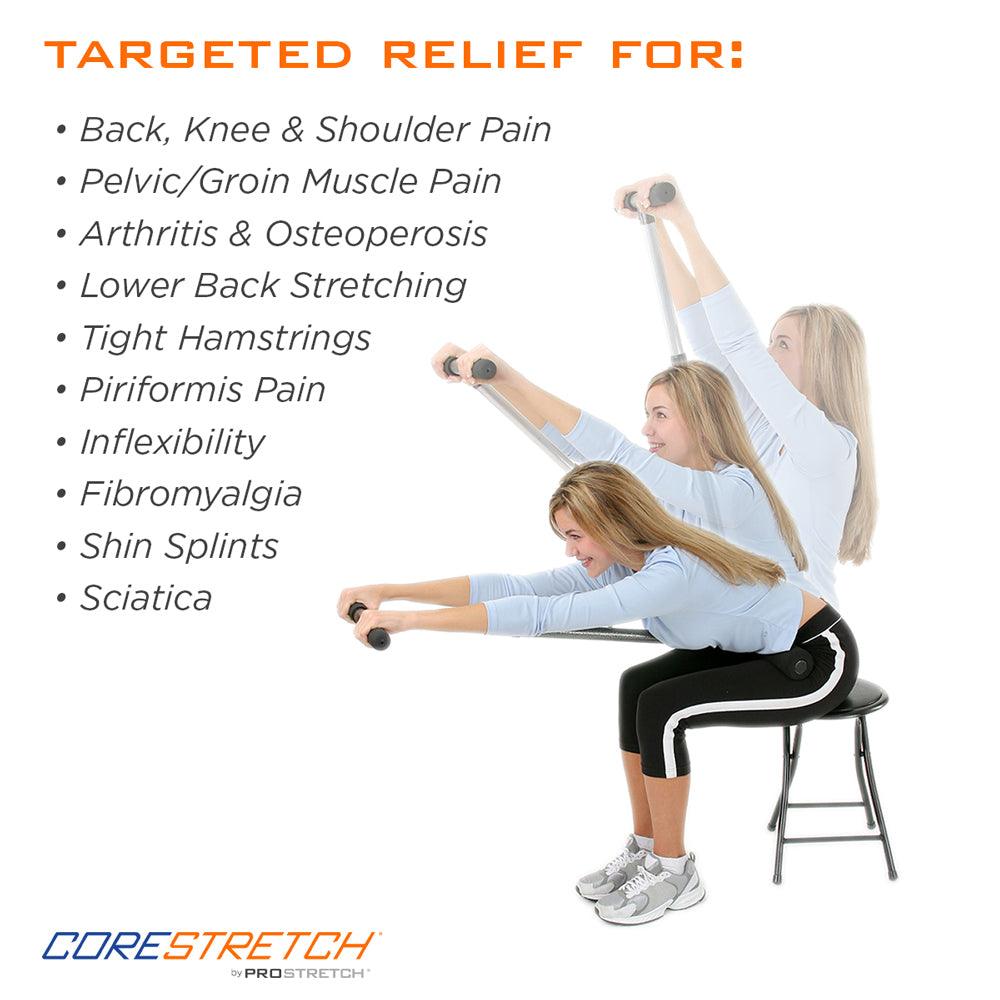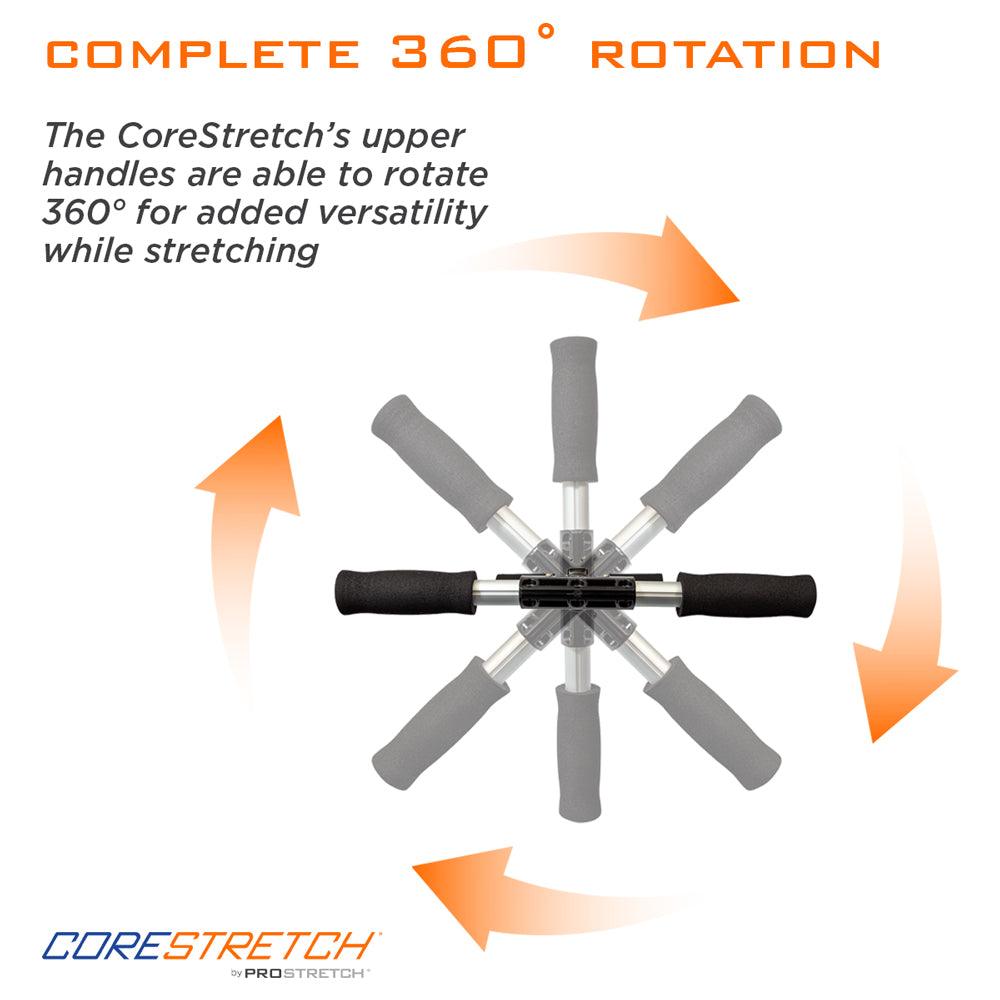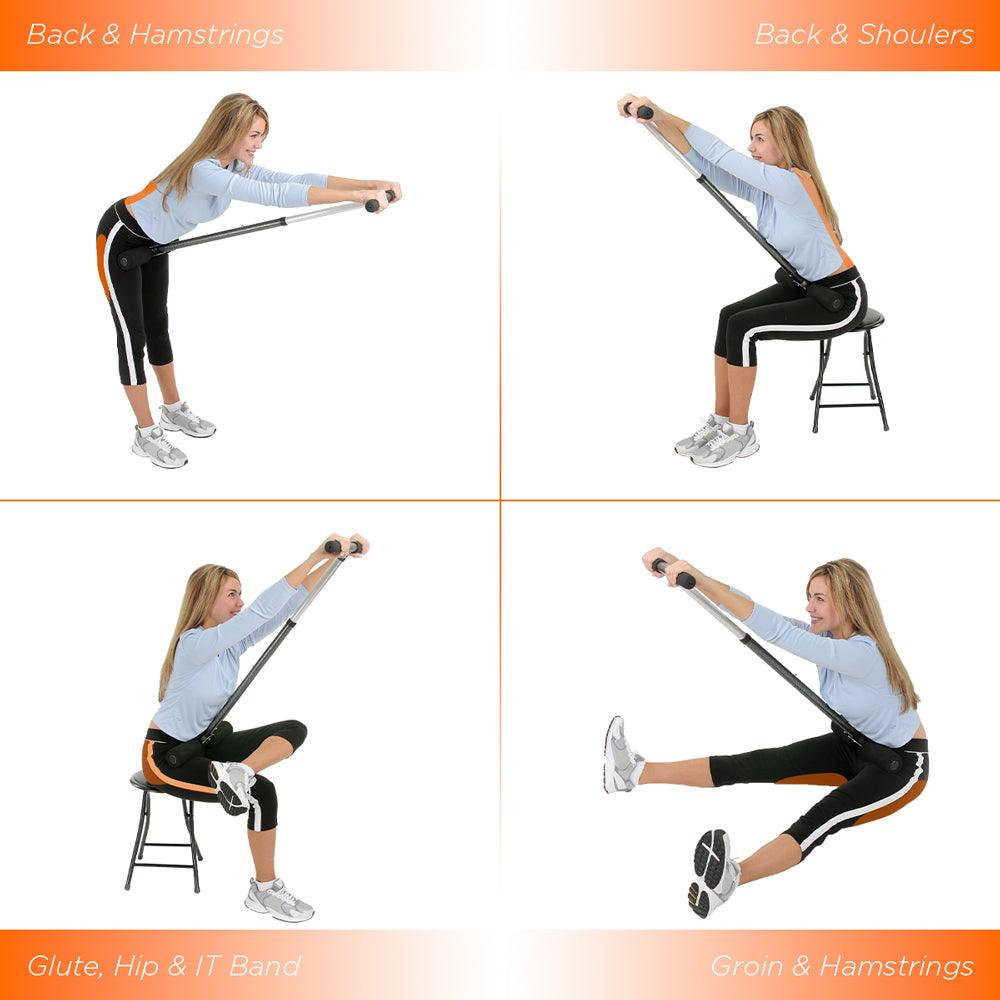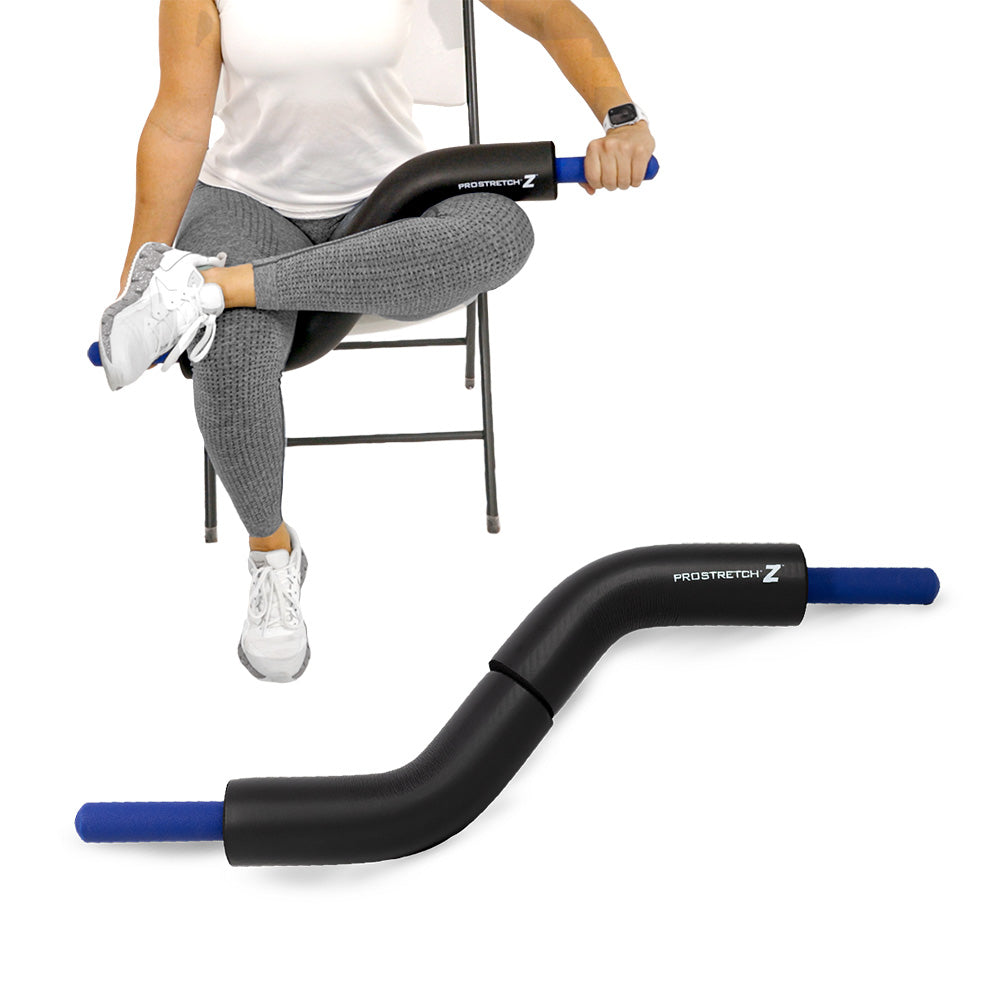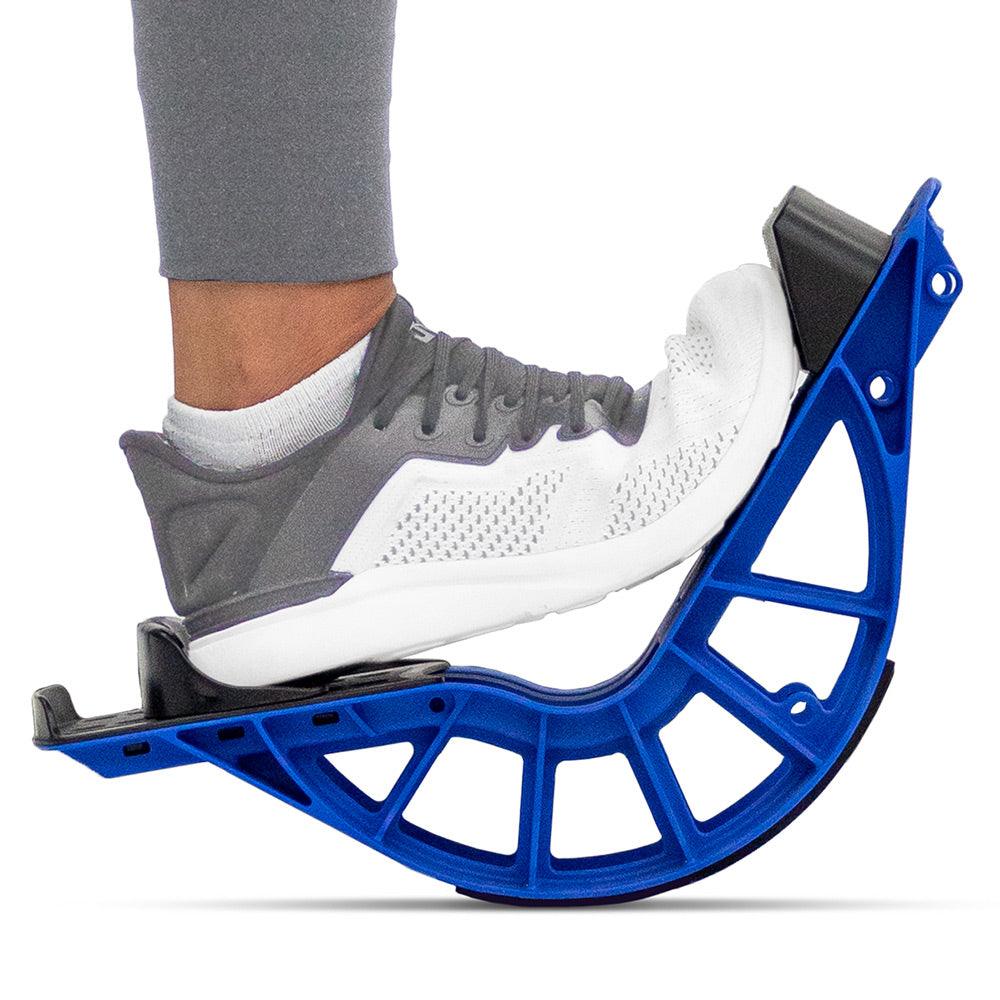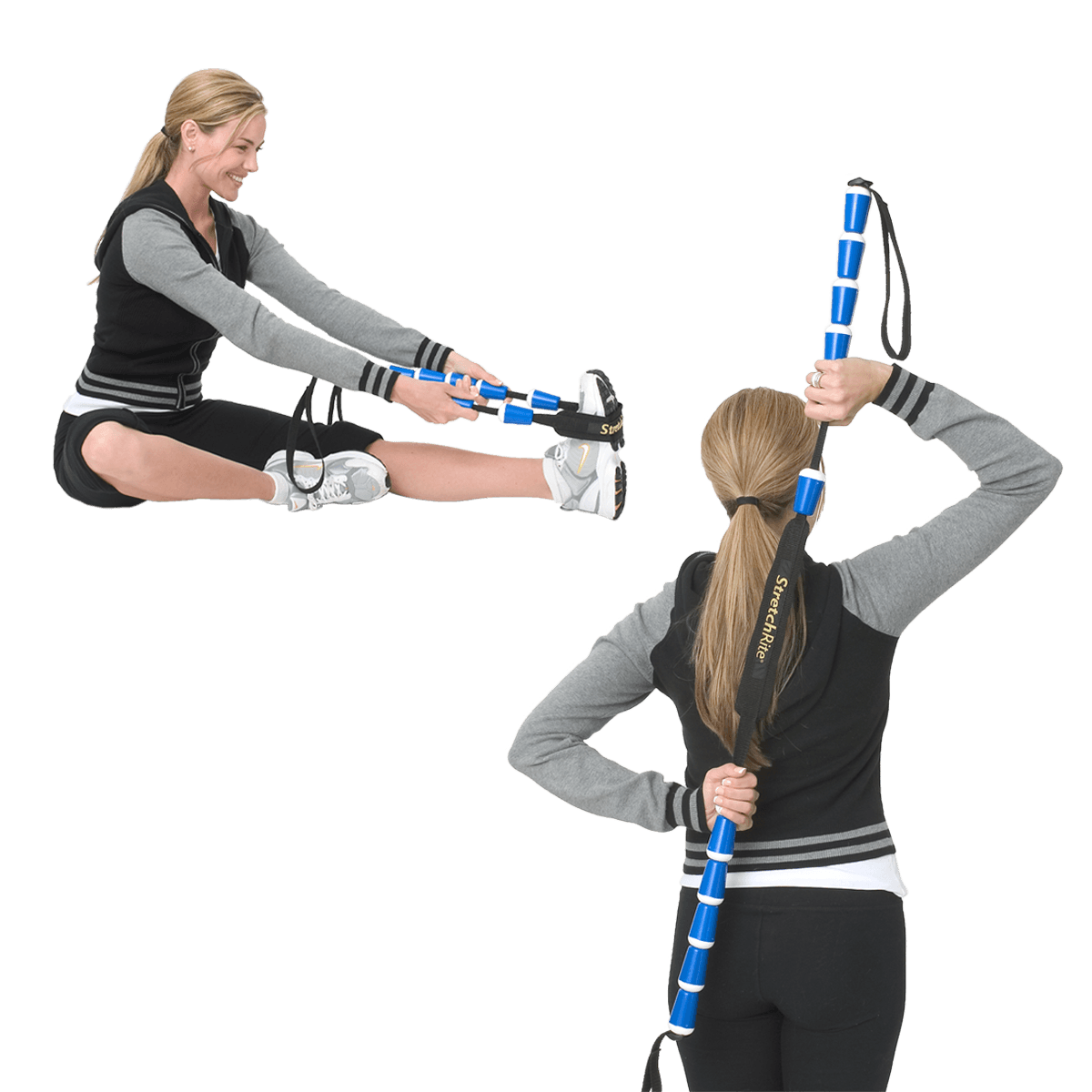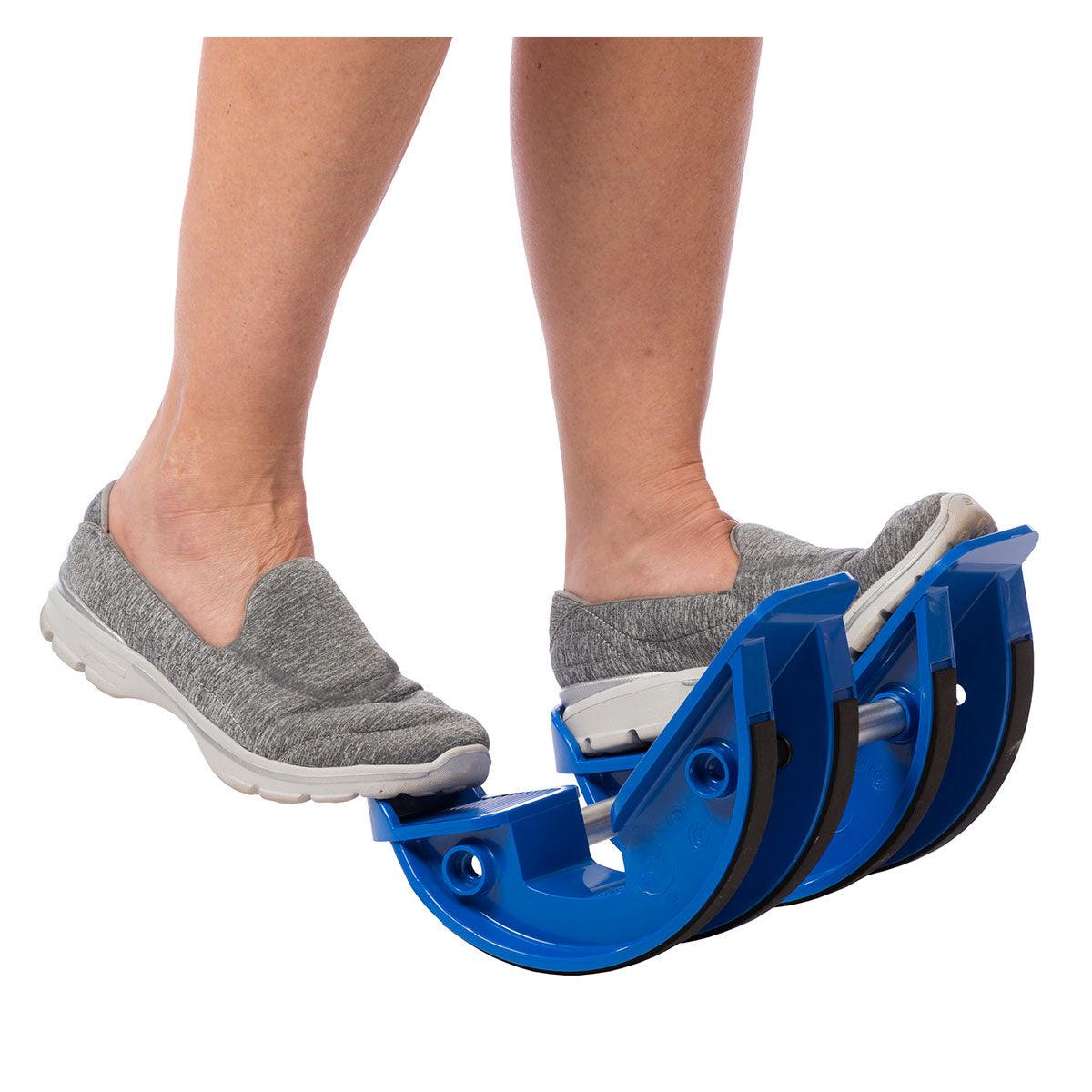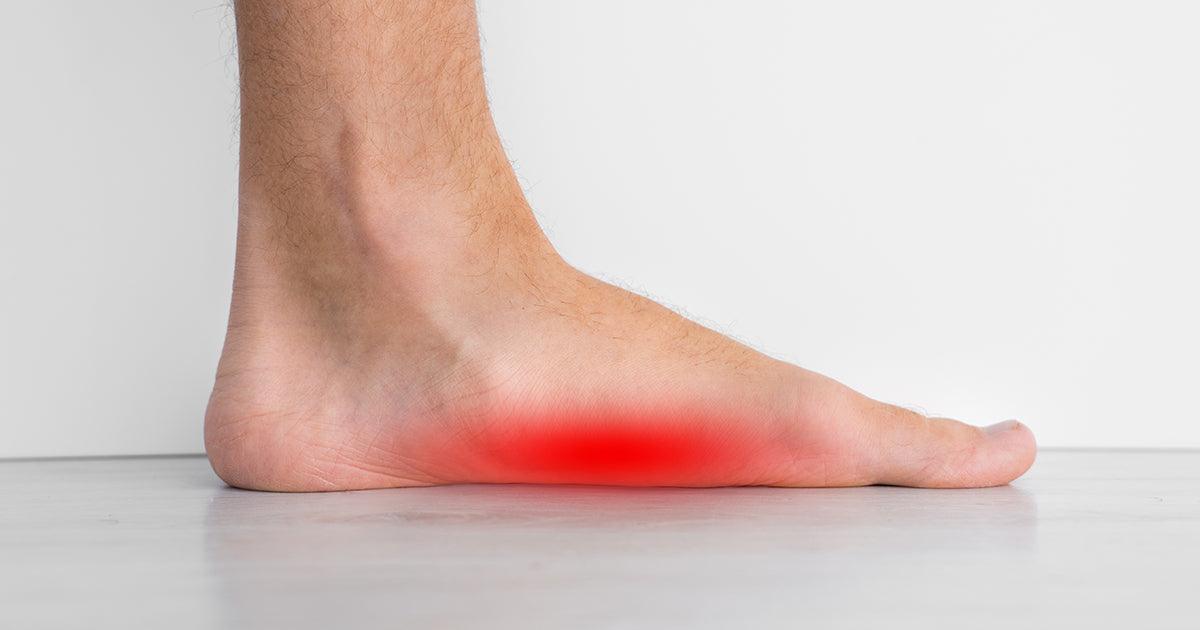Causes of Back Pain in Females
Are you dealing with unpleasant back pain? The first step to addressing back pain in women is figuring out what's causing it. However, this can take a bit of time. Women have some unique health concerns that can lead to back issues. To find out all the common causes of back pain in females, explore this helpful guide.
- Poor Posture
- Arthritis in Women
- Back Sprains and Strains for Women
- Urinary Tract Infections
- Osteoporosis
- Fibromyalgia
- Endometriosis
- Compressed Nerves
- Conclusion
Poor Posture
Bad posture is a frequent contributor to back pain in women, typically arising from extended periods of sitting, standing, or repetitive activities done without proper alignment. Hunching over a desk, slouching, or carrying heavy bags can put a strain on the muscles and ligaments in the lower back, upper back, and shoulders.
It is important to strengthen the core muscles and regularly engage in stretching exercises to alleviate tension and improve flexibility.
How does CoreStretch® help with lower back pain?
CoreStretch® provides deep stretches for the lower back, hips, and shoulders, improving flexibility and relieving tension caused by poor posture. Regular use helps maintain a healthy spine alignment.
How does ProStretch® Z help with lower back pain?
Tight pelvic and hip muscles, including the piriformis can exacerbate posture issues, pulling on the pelvis and lower back. ProStretch Z effectively loosens and strengthen these muscles, reducing strain on the lower back.
Arthritis in Women
Arthritis is a very broad term that refers to just about any type of inflammation in the joint. Though rare, arthritis can occur in the joints around the back. In some cases, it might occur near the hips, while in other cases, it happens across the upper back. In addition to causing back pain in women, arthritis can cause stiffness, reduced ability to move, and swelling.
Arthritis tends to present differently in different genders. Statistically speaking, women are more likely to experience the rheumatoid version of arthritis. This is an immune condition where your body accidentally attacks cells in the back. If you have rheumatoid arthritis of the back, you may notice more redness and swelling than typical arthritis.
If you have arthritis, there's no easy cure. It's a chronic condition that may cause varying amounts of pain throughout your life. However, the right medical care and arthritis treatment does help. Your doctor may suggest foam roller exercises to reduce stiffness or medication to slow down joint degeneration.
Back Sprains and Strains for Women
Sprains and strains are one of the most frequent causes of severe back pain in females. These injuries happen whenever the soft tissues of the back experience damage, so female upper back muscles or lower back muscles may hurt. Anything like lifting a heavy box, getting in a car accident, or even sleeping the wrong way can cause a sprain or strain
Because women have a lower center of gravity, they are more vulnerable to lumbar injuries. When a female's lower back muscles or tendons are damaged, it tends to cause intense pain. People with lower back pain from strains or sprains might find that it hurts so bad they can barely move. It's also common to have bruises at the source of the injury.
Fortunately, though sprains and strains look awful, they eventually heal. Simple things like taking over-the-counter medications, stretching and strengthening to allow the tissues to relax and strengthen the major muscle groups can help ease pain and speed up healing.
Spinal Injuries
Just like women are more at risk for sprains and strains, they're also more at risk for spinal trauma. This sort of injury usually happens after a fall or other major accident. The types of spinal damage that cause female back pain include things like vertebral fractures, dislocations, and slipped discs.
Women are also prone to getting spinal injuries after routine tasks like lifting heavy boxes. This tends to happen because they have less muscle mass to support the spine. Depending on the type of injury, you might deal with pain, numbness, and weakness.
Treatment for spinal injury depends on what caused the condition. Sometimes, it's just a matter of resting and using a foam roller to ease pain until you heal. In other cases, surgery may be necessary.
Urinary Tract Infections
Not all types of back problems are muscle issues that can be soothed with a foam roller. In some cases, back pain in women is due to problems with your organs themselves. Bladder infections and kidney infections are common health issues that women face.
In most cases, urinary tract infections (UTIs) cause female lower back pain. It is typically a dull throbbing along the back with sharp stabbing sensations while urinating. Other signs of a bladder or kidney infection include stinging while peeing, bloody urine, and a frequent urge to urinate.
Typically, urinary tract infections require antibiotics to heal. If the infection is severe and has reached your kidneys, you might even need hospitalization. Therefore, it's important to see your doctor as soon as you suspect that you have a UTI.
Osteoporosis
Osteoporosis occurs whenever your bones become too fragile. Because hormones govern how much bone mass your body retains, it's one of the most common causes of back pain in females who are older. Osteoporosis tends to be particularly severe in women who are post-menopausal and have had multiple children.
When you have osteoporosis of the spine, it tends to cause pain throughout the entire back. Since your bones are literally crumbling away, you may lose height or develop a stoop. Unfortunately, osteoporosis also greatly increases your chances of other spinal injuries.
Though it's not possible to reverse the damage, it's easy to prevent further bone loss. To retain bone density, you need to eat plenty of nutritious food rich in calcium and vitamin D.
Fibromyalgia
Fibromyalgia is a chronic pain condition that is caused by abnormal nerve stimulation. Though it can technically occur in all genders, fibromyalgia primarily affects women. Up to 90% of people with fibromyalgia are middle-aged women.
One characteristic of fibromyalgia is widespread musculoskeletal pain, so it causes both female upper back pain and lower back pain. The discomfort associated with fibromyalgia tends to be a constant, dull ache that can last for months at a time. The condition also causes symptoms like fatigue and difficulty focusing.
Though there are some medications that can help, managing fibromyalgia is typically about lifestyle changes. Women often find that hexi foam rollers and stretches can reduce pain and stiffness. It's also important to reduce physical stress, get plenty of sleep, and eat a healthy diet.
Endometriosis
Endometriosis is technically a menstrual disorder, but it can lead to chronic female back pain. When a woman has endometriosis, uterine lining cells grow outside of the uterus. This abnormal tissue causes inflammation in random parts of the torso. Therefore, women with recurring aching or stabbing sensations in the back may be dealing with endometriosis.
Living with endometriosis can be challenging. Taking hormonal contraceptives and pain medication can help. However, entirely treating the situation may require surgical intervention.
Compressed Nerves
Issues with nerves can be one of the main causes of back pain in females. Even if your muscles and bones are in good health, a few pinched nerves can lead to excruciating pain.
A typical type of nerve-related back pain in women is sciatica. This pain happens when the sciatic nerve of the hip gets compressed, and it can lead to lower back pain. Furthermore, women are even more likely than men to develop piriformis syndrome. This tends to cause lower back pain that is worse when seated.
Treating nerve-related back pain is complex. In some cases, using a ProStretch® Type A+ Massage Roller to loosen muscles can help relieve pressure on nerves. In other situations, treatment can involve medication or even surgery.
Conclusion
As you can see, there are a lot of causes of back pain in females. In addition to standard issues like arthritis, there are also some gender-specific problems like osteoporosis and endometriosis. Since women are more prone to back pain, it's important to be proactive. If you or a loved one starts feeling back pain, talk to a doctor as soon as you can. They can help identify reasons for back pain in females and recommend effective solutions for back pain treatment, including back pain exercises.
PLEASE NOTE: The information on this website and article is for information only and should not be used as a substitute for consulting your doctor. Consult your doctor for proper diagnosis and rehabilitation.













